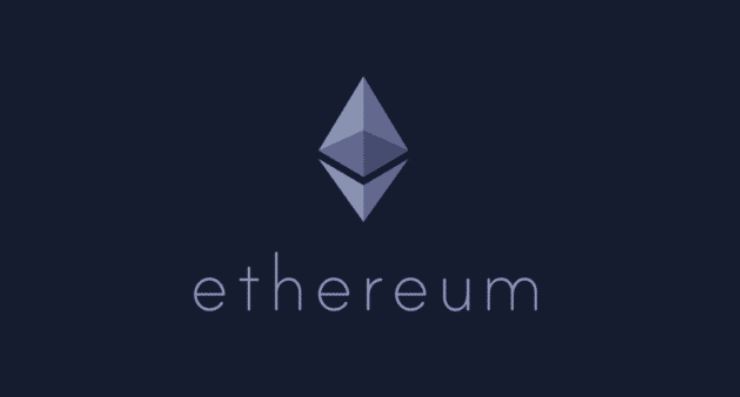As the CME’s Volume Gets Pumped, the Bitcoin ETF’s Quirky Structure Could Explain Some of It

Last week’s launch of the ProShares Bitcoin Strategy ETF (BITO) was a smash hit by any measure. Yet, it may be that at least part of its success could be the result of how the instrument is structured rather than pure demand from buyers hoping for bitcoin exposure.
In just a few hours, the futures-focused exchange-traded fund (ETF) amassed $570 million in assets under management (AUM), making it one of the most successful debuts of an ETF in history. Within a few more hours, that number just about doubled.
BITO’s assets are mostly invested on the Chicago Mercantile Exchange (CME), which saw an expected increase in both open interest and volume for bitcoin futures. One question is whether some of that volume could be the result of traders positioning for profit from the way this particular ETF is structured.
Currently, for every dollar it takes in, ProShares allocates 40.2% to buying CME bitcoin futures contracts that settle in October and 31.2% for futures that settle in November. The remaining 28% or so is put in U.S. Treasury bills. Reminder: On the CME, bitcoin futures are settled in cash, meaning no actual bitcoin changes hands. It’s basically a side bet on the price of the asset.
So if by Wednesday there were $1.108 billion in AUM, $791 million of it was bitcoin futures on the CME. That’s the equivalent of 13.8% of the CME’s bitcoin open interest of $5.745 billion.
:quality(70)/cloudfront-us-east-1.images.arcpublishing.com/coindesk/GR2BSN6EQRFO5IHVCLZM7EYVHE.jpg)
From Monday to Wednesday, open interest soared to $5.745 billion from $4 billion, an increase that was more than double the ProShares ETF’s holdings.
Meanwhile, volume was up, too, to levels never seen before on bitcoin futures: Tuesday saw $5.9 billion in futures change hands on the CME, and Wednesday’s figure was north of $7.5 billion. In the 19 trading days prior, the average was $2.5 billion per day.
:quality(70)/cloudfront-us-east-1.images.arcpublishing.com/coindesk/GYXASU2UTNCDJAALH7STM3YH4M.png)
Higher volumes? Higher interest? Why, of course that’s bullish, right? Perhaps, but maybe not 100%.
Here’s where it gets interesting.
Creation and redemption
BITO isn’t structured like a typical stock ETF. Rather, some of its features are more likely to be found in ETFs that own bonds and other types of financial instruments.
With a lot of stock ETFs, “authorized participants” (AP for short) accumulate and deliver a basket of shares to the ETF provider in exchange for shares in the ETF in a rather Biblical-sounding process called “creation.” APs aren’t average Joes, however. They are institutions and the like that can do this sort of thing in bulk and have the sort of relationships that allow such a trade to take place.
The APs do this kind of a trade if the value of the ETFs they get in return (which they then can sell in the market) is significantly higher than the stocks they deliver. And by “significantly higher” we’re talking just 1%. That may not sound like a lot for a retail trader hoping to win big on something she saw on Reddit, but for institutions that do trades in the millions, this starts to add up to real money.
If this sort of trade is done enough times, the price of the underlying basket of stocks will rise as they get bought up and the price of the ETF shares will fall as they get sold until the prices of the two converge.
The also-Biblical-sounding “redemption” process is the reverse of the creation process, where APs get a basket of shares in exchange for redeeming their ETF shares to the provider. (ETF.com has a nice little primer on all of this, if you’re so inclined.)
BITO, though, does something similar to bond ETFs called “cash creation,” meaning the AP delivers cash rather than the underlying asset to the ETF provider in exchange for shares.











Responses